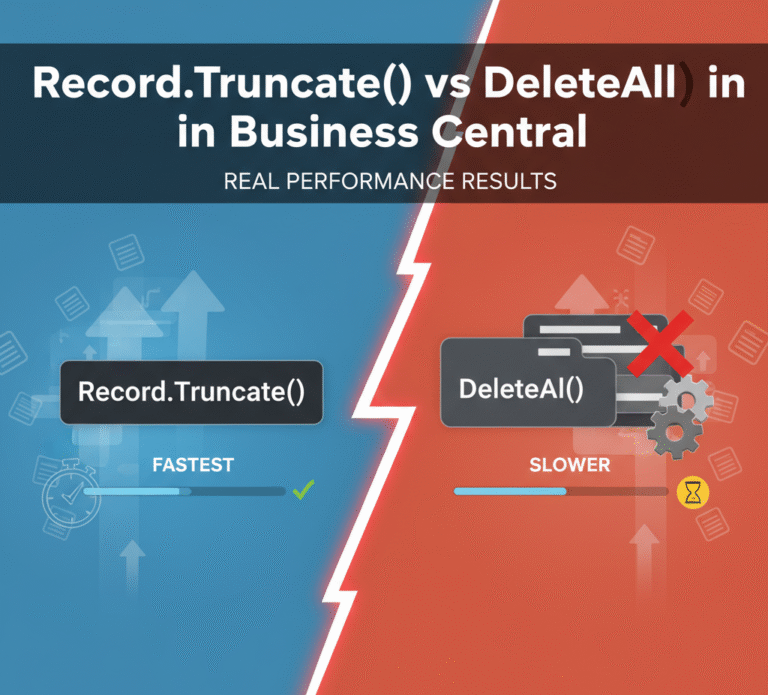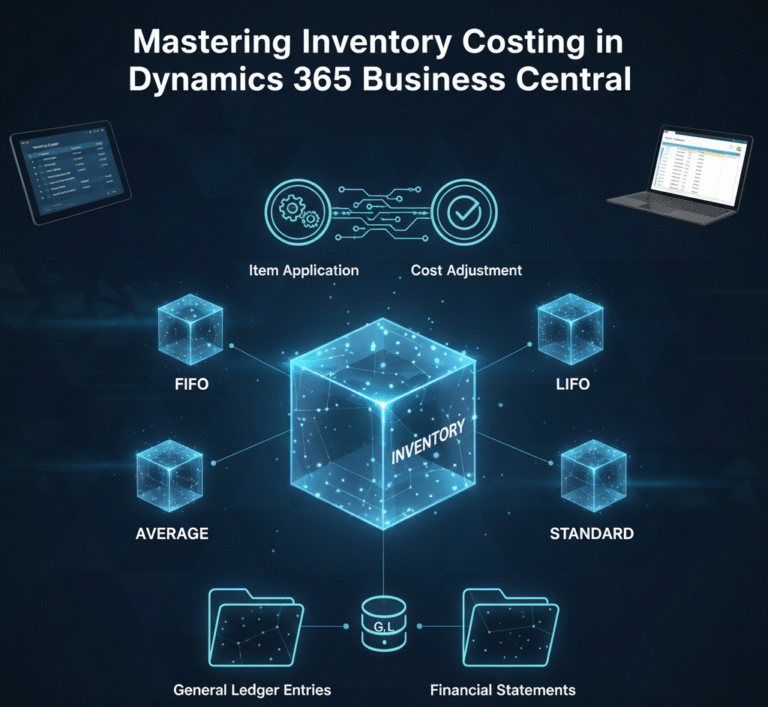Microsoft continues its semi-annual release waves for Dynamics 365 Business Central, delivering not only functional improvements but also a suite of technical enhancements for developers and technical consultants. Business Central 2025 Wave 2 (Update 27.0) focuses on boosting developer productivity, streamlining debugging, expanding integration capabilities, and improving the underlying platform. This article summarizes the key developer-focused features across AL language, Visual Studio Code tooling, performance profiling, integration APIs, and platform management.
AL Development Enhancements
- Hide Copilot Summaries on Pages – Developers can now programmatically hide the AI-generated “Summarize with Copilot” FactBox on specific pages. A new Summary system part and AL property (
DefaultSummaryPart) let you suppress the Copilot summary on Card, Document, or ListPlus pages when it’s not useful. This is ideal for custom or dashboard pages where the summary isn’t relevant, or to disable it for certain user profiles, keeping the UI focused and clean. (Only one summary part is allowed per page, and it can’t be added to simple List pages)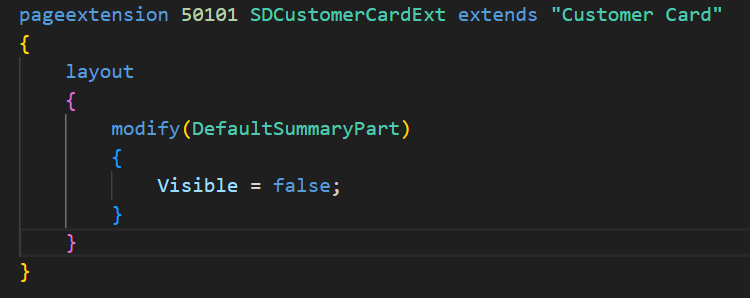
- New
Rec.TruncateMethod for Mass Deletion – A long-awaited AL methodRecord.Truncate()enables bulk data deletion on SaaS, akin to a SQL TRUNCATE operation. This method deletes all records (optionally respecting filters) in the most efficient way, avoiding row-by-row deletion. It improves performance when purging large log or history tables and even lets you reset auto-increment fields to 0 or preserve their last values. The runtime will return false if truncation isn’t supported (e.g. the table hasOnDeletetriggers or media fields) so you can gracefully fall back to a slowerDeleteAllapproach. This enhancement helps maintain clean data sets and manage large tables without timeouts, finally bringing a safe “truncate” capability to AL developers on cloud SaaS.
Visual Studio Code & Developer Tools
- Cancel Build/Publish from VS Code – Visual Studio Code now allows developers to cancel a running build or publish of an AL extension mid-process. In update 27.0, the AL Language extension adds a Cancel button in the output console (as shown above) to stop the build/deployment pipeline. This quality-of-life improvement is especially helpful for large extensions where compilation and publishing can take a long time. If you spot a mistake or need to adjust code during a build, you no longer have to wait—simply cancel, fix the code, and rebuild. Even closing VS Code will abort the process. Notably, if the connection to the sandbox or on-prem server is lost, the publish is auto-cancelled so it won’t block subsequent deploys. This feature shortens the inner development loop and boosts productivity for AL developers.
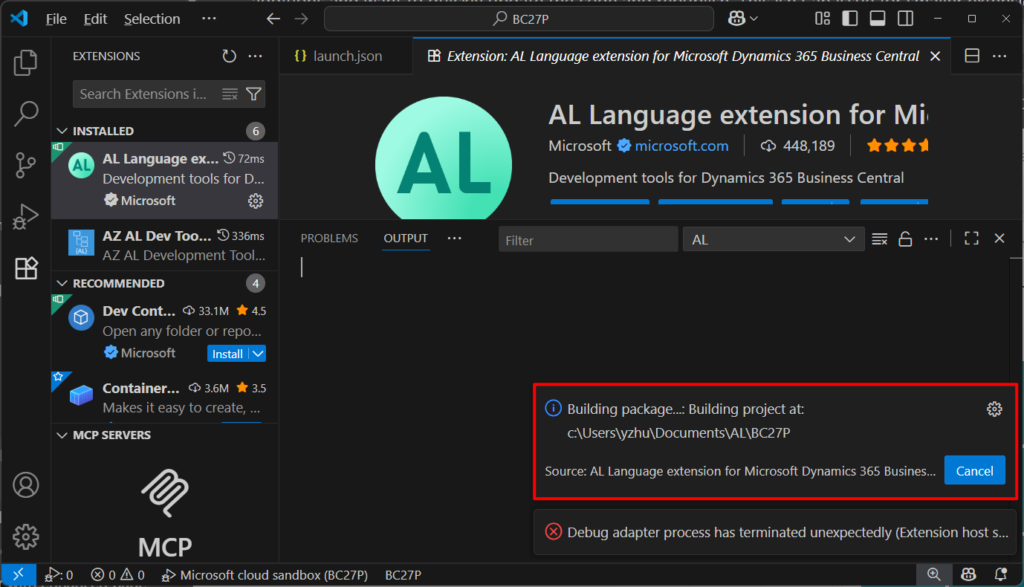
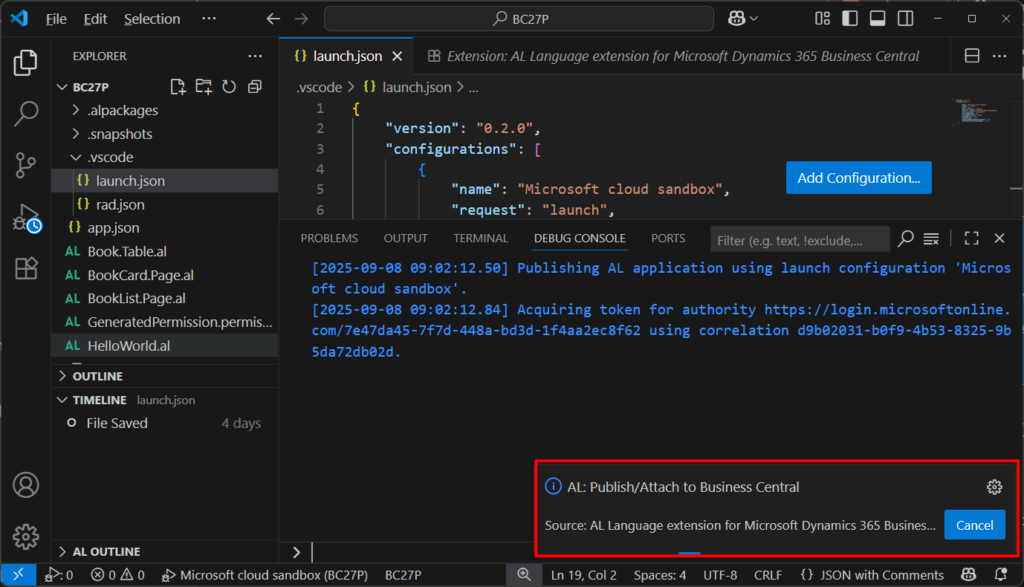
- Enhanced In-Client Page Scripting Tool – Business Central’s web client includes a Page Scripting tool (preview) for recording and replaying user interface actions (often used for automated testing or user acceptance tests). Wave 2 brings major usability upgrades to this tool, making it easier to record and edit test scripts. As shown above, you can now insert new steps at any point in a recorded script by dragging an insertion line or choosing “Record from here,” instead of having to redo steps from the end. Testers can reorder steps by dragging them up or down to adjust the sequence, and delete any step (not just the last step) – the system will warn you if removing a step might break the flow. Additionally, you can define script parameters in the UI (no need to hand-edit the YAML file) and create script suites by chaining multiple scripts together.
Debugging & Performance Profiling
- View SQL Call Information in Performance Profiles – Troubleshooting performance in cloud environments is now easier thanks to the enhanced Performance Profiler. In Business Central 2025 Wave 2, when you capture a performance snapshot (either in the client or from VS Code), the profiler will show all SQL database calls made during the recorded timeframe. Developers and performance engineers can drill into a profile and see the actual SQL queries executed (as illustrated above), including the text of the query and execution counts. You can hover over a SQL call to view details and even copy the query for analysis or optimization. The profiler UI also displays aggregate stats like the number of SQL calls made and the total SQL execution time for a given operation. This level of insight helps determine if a bottleneck is in AL code or in the database. By identifying heavy queries or excessive call counts, technical teams can pinpoint inefficient code paths and refactor them for better performance. Overall, this enhancement bridges the gap of SQL visibility in cloud SaaS, giving Business Central developers a powerful tool to tune performance and improve the customer experience.
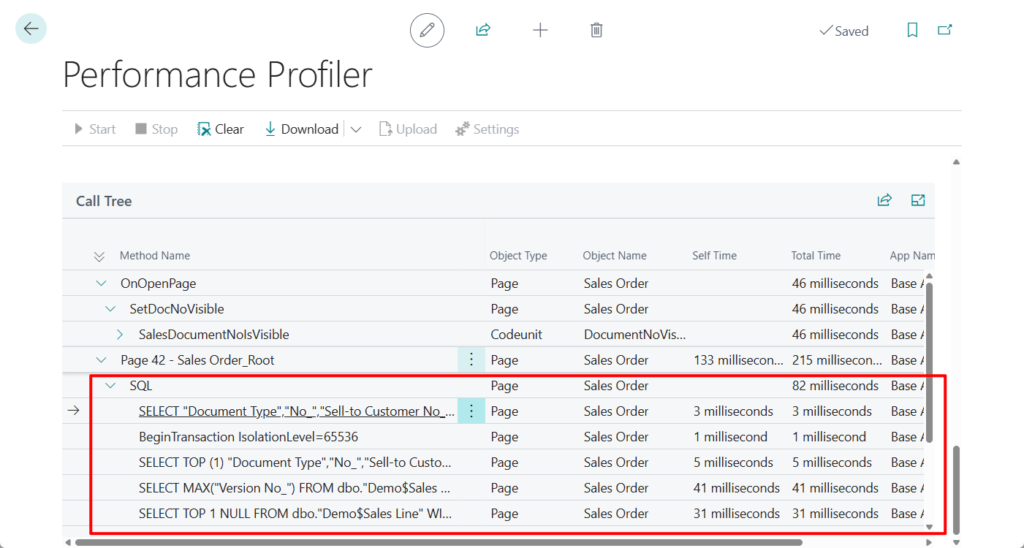
Integration & API Enhancements
- MCP Integration for AI Agents – Microsoft has introduced the Model Context Protocol (MCP) server as a new integration endpoint to connect external AI agents with Business Central data. MCP is an open-standard API that exposes Business Central entities (customers, items, orders, etc.) through a self-describing interface. This allows platforms like Azure OpenAI or Copilot Studio to orchestrate Business Central workflows conversationally, by reading/writing ERP data via a secure API. In practical terms, partners and developers can build custom AI assistants or integrate Copilot-like capabilities with external systems more easily. The MCP server keeps the external agent’s knowledge synchronized in real time with Business Central, ensuring that AI-driven actions are context-aware and up-to-date. This opens the door for advanced integrations—such as an AI service that creates transactions or updates records in Business Central based on chat or voice interactions—without custom-building a full API stack from scratch.
- Power Platform Connector for Environments – Wave 2 also delivers new ways to automate Business Central administration via the Power Platform. A dedicated Business Central admin connector is now available for Power Automate and Power Apps, allowing administrators and devops engineers to manage environments through scripts and flows. For example, you can create or copy a sandbox environment, schedule environment backups, or automate tenant settings as part of a deployment pipeline – all using standardized connector actions instead of manual steps. This API-driven approach to environment management reduces overhead and enables CI/CD scenarios for Business Central apps. It reflects Microsoft’s broader strategy to integrate Business Central more tightly with the Power Platform ecosystem, so partners can leverage low-code automation for ERP administrative tasks (a theme echoed in multiple 2025 Wave 2 updates).
Conclusion & Call to Action
Dynamics 365 Business Central 2025 Wave 2 delivers a robust set of technical enhancements that streamline development and system management. From the ability to halt extension publishes on the fly, to richer profiling that exposes what’s happening in the SQL backend, Microsoft is addressing long-standing developer pain points. AL programmers benefit from new language capabilities like bulk data truncation and UI controls for Copilot, enabling cleaner customization and integration with AI. Meanwhile, improved tools for testing (page scripting) and automation (Power Platform admin connector, feature toggle API) help technical consultants reduce manual effort and avoid errors when managing environments.
Collectively, these features allow teams to build faster, debug deeper, and integrate smarter with Business Central. As a developer or technical consultant, you should take advantage of the public preview to familiarize yourself with these changes. Try out the new workflows, update your AL extension to utilize the efficiencies, and consider how they can solve current challenges in your projects (for example, using the SQL call data to fine-tune a report extension). By proactively adopting these enhancements, you’ll not only save time in your development cycle but also deliver more value to Business Central users through better performing and more intelligent applications.
Now is the time to embrace these technical advancements. Be sure to implement a plan for the upgrade, educate your team on the new capabilities, and incorporate feedback from the community. By doing so, you position your organization at the forefront of Business Central innovation, ready to leverage the platform’s evolution for continued success. Happy developing on Business Central 27.0 – and as always, stay curious and keep pushing the boundaries of what you can do with this powerful ERP platform!



